
The Importance of Workplace Drug and Alcohol Testing Programs
Workplace safety is a paramount concern for any business, and one of the critical areas often overlooked is the impact of drugs and alcohol....
Read moreOur team has vast experience working across a wide range of industries, designing and implementing Task Specific Ergonomic Assessments that deliver measurable results across employee health, wellbeing, safety and productivity.
Your Task Specific Ergonomic Assessment for your Sydney based workplace will be designed to meet the unique demands of your workplace, enhance employee techniques and reduce the occurrence of injuries in your workplace – including neck, back, shoulder, hips, wrist, elbow and lower limb injuries.
Our ergonomic assessment on identifying and mitigating the high-risk activities that are part of the tasks your workers are responsible for in your workplace. Assessments includes:
Ensuring that employees are matched correctly to the tasks they are responsible for and maintain the required strength and flexibility to deliver on their responsibilities.
Reviewing and adjusting the current methods used by your Sydney workers when performing their tasks.
Evaluating and adjusting the physical layout of your workers work area.
Through this detailed process, we identify hazards, put strategies in place to minimise risks by implementing effective controls, and set your workers up for success to have a safe, healthy and productive work environment.
Ergonomic hazards in the workplace refer to any physical factors that may lead to injury and musculoskeletal disorders, including:
Tasks such as continuous lifting from lower heights or prolonged periods of repetitive movement can cause injuries to the entire body including shoulder, back, wrists, and elbows.
Remaining in the same position for long periods of time can lead to lower back and leg discomfort or injuries.
Insufficient lighting can cause employees to experience eye strain and headaches, which can negatively impact productivity and increase the likelihood of injuries and errors.
Workstations that are not correctly configured for an individual's body type or job requirements can lead to unnecessary strain, particularly on the neck, shoulders, and upper limbs often resulting in preventable injuries.
Employ Health’s ergonomic assessments will assist your workplace to move closer towards creating a healthier, safer and more productive work environment for your staff.
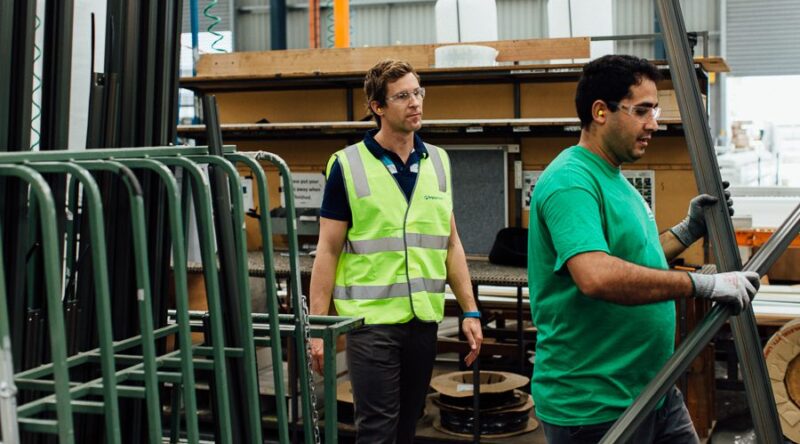
Employ Health designs and implements Task Specific Ergonomic Assessments for Sydney workplaces across:
Identifying and correcting common postural errors to prevent workplace injuries.
Evaluating and improving manual handling techniques to reduce the risk of injury and design safer workplace practices.
Workplace ergonomics is an investment in setting your workers, the work they do and the workplace they do it within, up for success to support your overall business objectives. Investing in ergonomic improvements signals to your staff that their health and comfort are valued. This investment can lead to:
With over ten years experience working with some of Australia and New Zealand’s largest brands, Employ Health is recognised as one of Australia’s leading workplace health and risk management providers. Our commitment to gaining a detailed understanding of our clients business objectives has resulted in program design and delivery that achieves measurable results.
Our belief is that ‘health trumps everything’.
Employ Health provides a wide variety of workplace health solutions from onsite physiotherapy to manual handling training. Some of the other Ergonomic Assessment Services provided include :
Customising workstations to fit the individual’s body size and type, thereby minimising injury risks.
Adjusting the vehicle setup to the driver’s physical dimensions to ensure comfort and reduce the risk of injury.
Partner with Employ Health to set your Sydney based team up for success with your Task Specific Ergonomic Assessments.

Workplace safety is a paramount concern for any business, and one of the critical areas often overlooked is the impact of drugs and alcohol....
Read more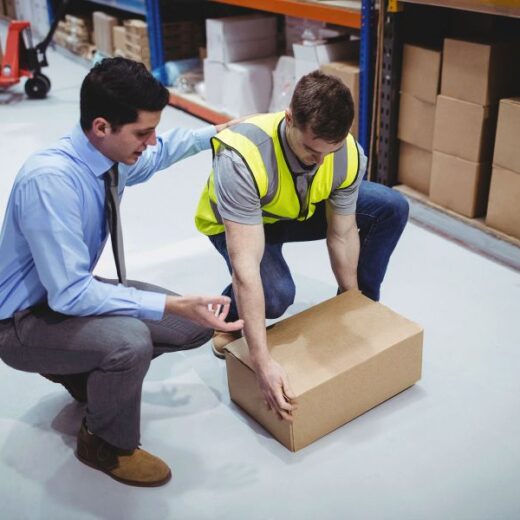
Essential for Workplace Safety In workplaces across various industries, manual handling is a daily activity that, without proper technique, can lead to serious injuries and...
Read more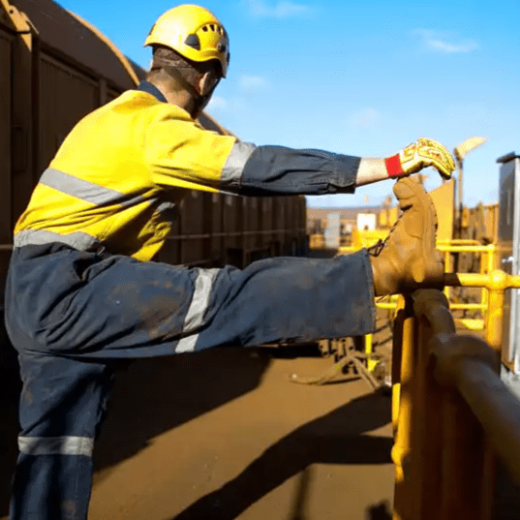
As employees return to work after the holiday break, particularly in manual labor sectors, the transition from relaxation to routine can be jarring. A...
Read more
Strategies for a Nutritious Balance As the holiday party season draws closer, it becomes increasingly challenging to maintain a balanced diet amidst the festive feasts...
Read more
Staying Healthy and Productive throughout Summer As our Summer heats up, maintaining hydration becomes crucial for workplace health and productivity. Dehydration can severely impact physical...
Read more
Health and Efficiency in Flexible Work Environments The ability to set up an ergonomic temporary or mobile workspace is essential, especially as we approach the...
Read more
Protecting Productivity and Wellbeing With Summer here, the impact of direct sunlight on outdoor workers is a pressing concern for Australian workplaces. Beyond the health...
Read more
A Call to Action for Businesses Prostate cancer remains the most commonly diagnosed cancer among men in Australia. With significant impacts on health and workforce...
Read more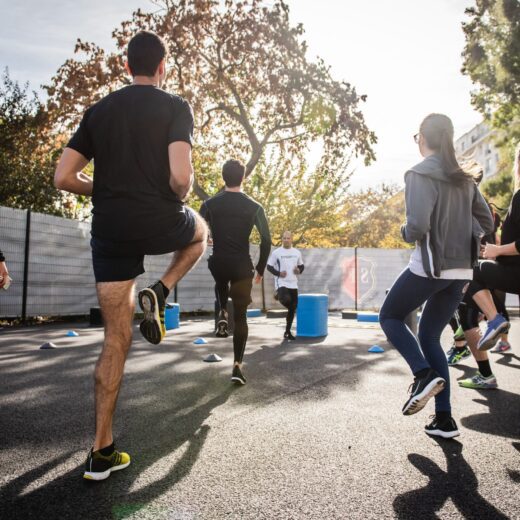
Energizing the Workplace Incorporating fitness programs into the workplace is not just about staying active; it’s about building a healthier, more engaged workforce. As businesses...
Read more
Grow, Move, and Inspire Movember is more than just growing moustaches in November. It’s a global movement that shines a spotlight on men’s health, including...
Read more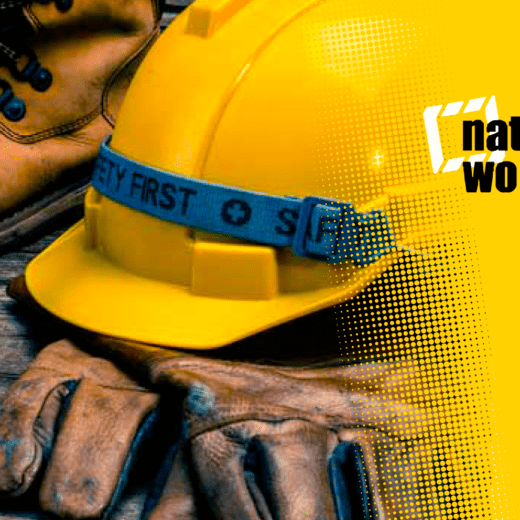
October marks the observance of Safe Work Month Australia 2024, an annual initiative aimed at raising awareness about workplace safety and health. This year’s...
Read more
Musculoskeletal disorders (MSDs) are among the most prevalent workplace injuries, impacting millions of workers and imposing significant costs on businesses annually. Effective musculoskeletal risk...
Read moreCan’t find what you’re after?
View all articles